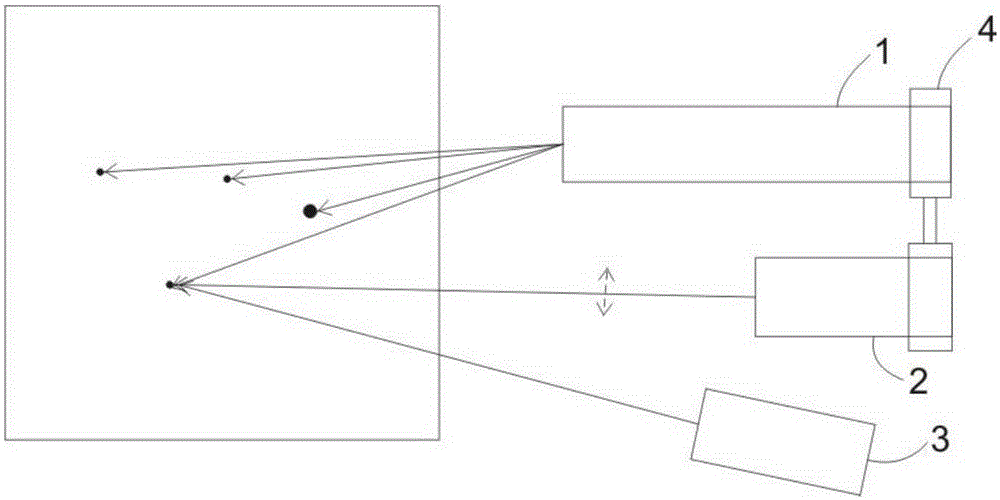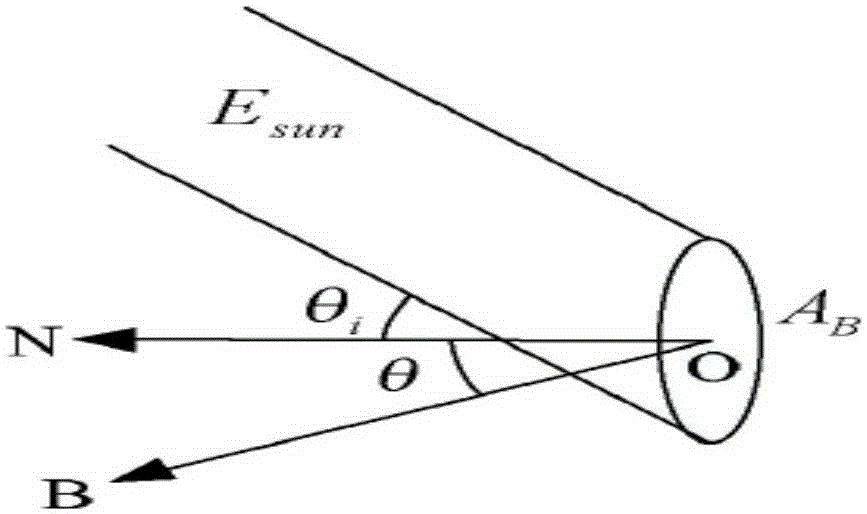Air-based space fragment optical detection and tracking system and method
An optical detection and space technology, which is applied in radio wave measurement systems, measurement devices, electromagnetic wave reradiation, etc., can solve the problem that small targets in space are difficult to monitor effectively, and achieve low power consumption, fast and accurate distance and orientation, and detection long distance effect
- Summary
- Abstract
- Description
- Claims
- Application Information
AI Technical Summary
Problems solved by technology
Method used
Image
Examples
Embodiment Construction
[0042] In order to make the object, technical solution and advantages of the present invention clearer, the present invention will be further described in detail below in conjunction with the accompanying drawings and embodiments. It should be understood that the specific embodiments described here are only used to explain the present invention, not to limit the present invention.
[0043] likefigure 1 As shown, it is a structural schematic diagram of the space-based small space debris optical detection and tracking system of the present invention. Since there is no independent optical telescope or laser radar system that can be used for the capture, tracking and positioning of small space debris for the optical detection of small space targets, the present invention uses a combined system of passive imaging and laser ranging to realize space-based space detection. Optical detection and tracking of small debris, including: a large field of view telescope, used to capture the r...
PUM
 Login to View More
Login to View More Abstract
Description
Claims
Application Information
 Login to View More
Login to View More - R&D
- Intellectual Property
- Life Sciences
- Materials
- Tech Scout
- Unparalleled Data Quality
- Higher Quality Content
- 60% Fewer Hallucinations
Browse by: Latest US Patents, China's latest patents, Technical Efficacy Thesaurus, Application Domain, Technology Topic, Popular Technical Reports.
© 2025 PatSnap. All rights reserved.Legal|Privacy policy|Modern Slavery Act Transparency Statement|Sitemap|About US| Contact US: help@patsnap.com



